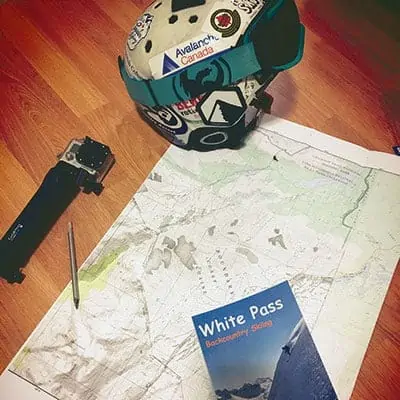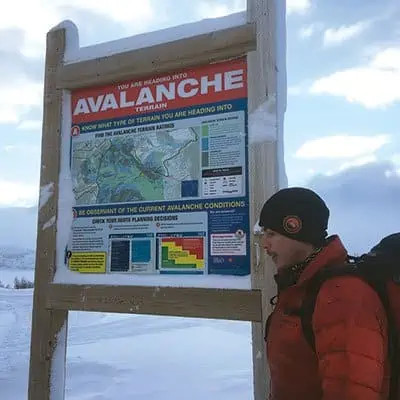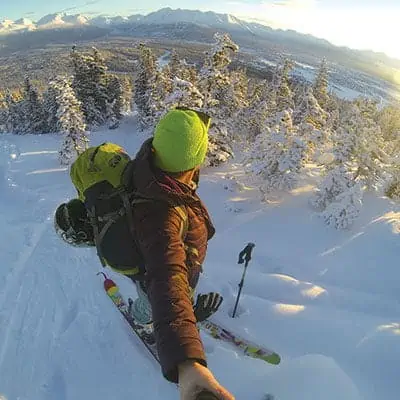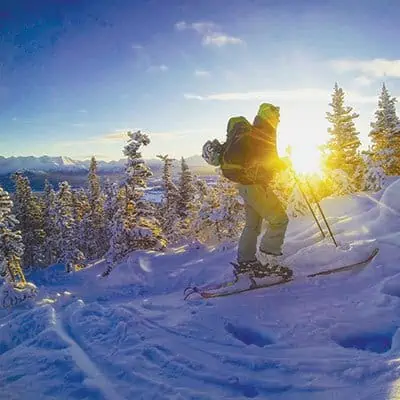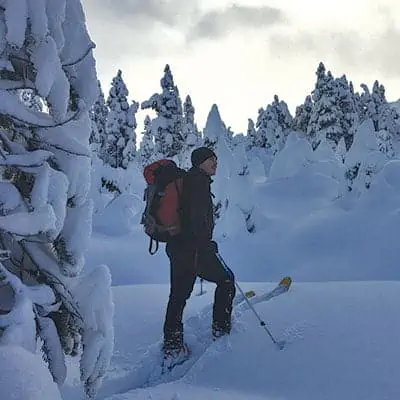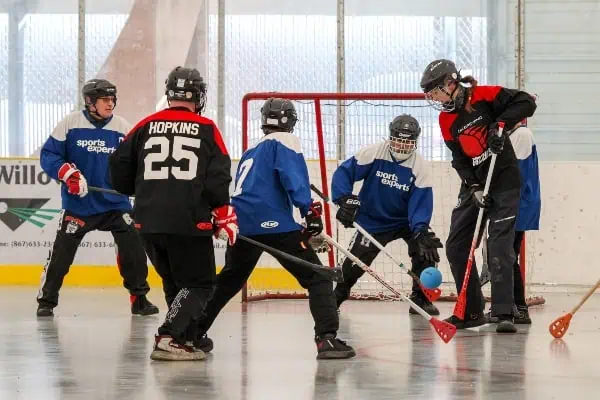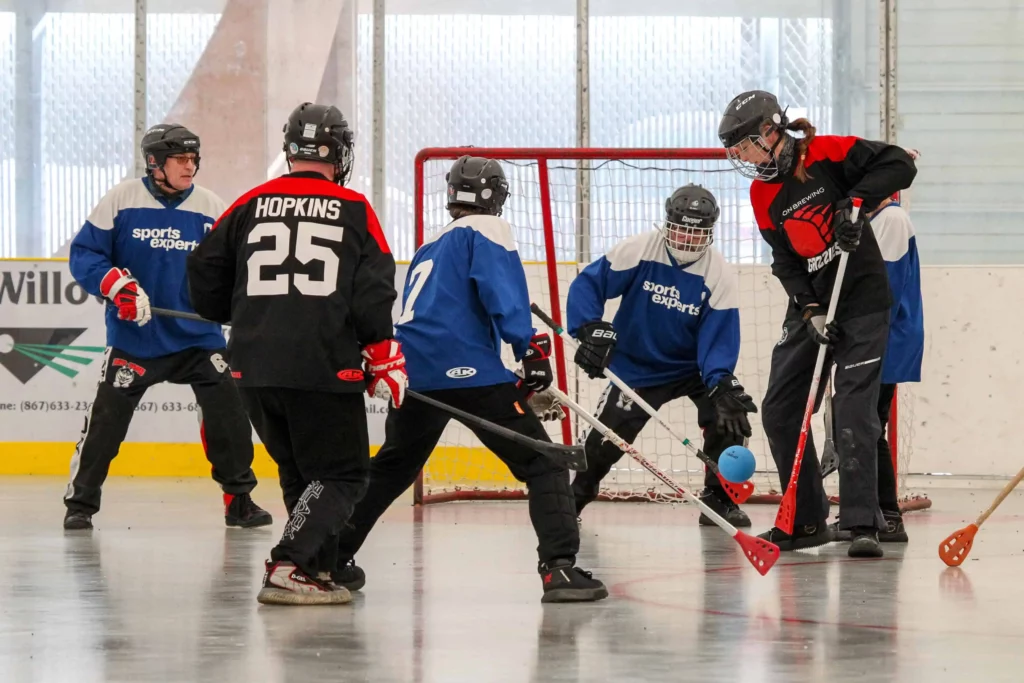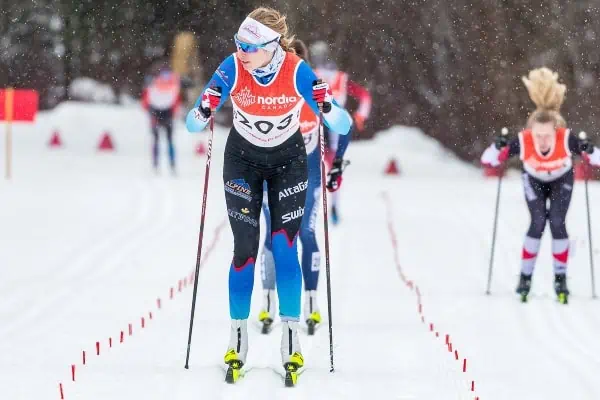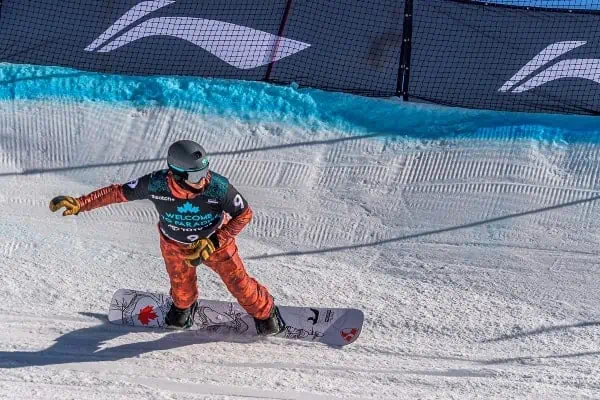With the prime backcountry skiing time of spring fast approaching, it’s important to know some safe tips and where to get information before heading out there. In collaboration with Yukon Avalanche Association President Jasmin Dobson and Communication Director Ben Horowitz, here are the top 10 tips:
Before Your Trip:
1. Get the gear, get the training.
Take an Avalanche Skills Training Level 1 (AST 1) course, which is an important and necessary step to begin understanding the most important parts of travelling in avalanche terrain: terrain identification and management and weather and snow conditions.
It’s also important to take this recreational level course delivered by a licensed provider to practice with your avalanche safety gear and receive training on the most current techniques for performing companion rescues using your transceiver, shovel, and probe.
Find local AST providers here: www.YukonAvalanche.ca/training
2. Find ski touring buddies.
Touring together is safer than being alone. If you get caught in an avalanche or injure yourself, your friends are your lifeline. But there are, of course, things to consider when picking your ski touring buddies: Are you all the same ski level and/or experience level? Does everyone have the right equipment? Do they know how to use it – because they will be the ones rescuing you! Some common ways to find touring buddies are on Facebook groups such as the Yukon Backcountry Snow Sharing Network and ACC (Alpine Club of Canada) Yukon.
3. Check the weather and current avalanche conditions.
The most important aspect of your pre-trip planning is checking current snow and weather conditions. The Yukon Avalanche Association and Avalanche Canada publish avalanche advisories called the Hot Zone Report for the White Pass area www.Avalanche.ca/hot-zone-reports/yukon. Get to know these resources well, as it may change which routes, mountains and days you will go touring, depending on current conditions.
For additional avalanche information submitted by the public, check the Mountain Information Network (MIN) at www.Avalanche.ca/map. And if you go out, don’t forget to submit your own observations to the MIN, as every avalanche and snow observation helps to create the Yukon Hot Zone Report.
For local discussion on conditions, join the Facebook page Yukon Backcountry Snow Sharing Network.
For weather information there are a number of resources, including real time weather information at www.YukonAvalanche.ca/weather.
4. Choose your route.
The Yukon has some amazing ski touring options for beginners to advanced skiers. Make sure to find a route that suits you and your group’s abilities and ensure you get as much information as you can so that you can navigate on the day and have alternative backup routes in case the weather changes.
A great place to start with reviewing the avalanche terrain exposure scale (ATES) maps provided by the Yukon Avalanche Association (online at www.YukonAvalanche.ca/ates or can be found free of charge at many businesses around Whitehorse).
The ATES maps detail simple, challenging and complex avalanche terrain in both the White Pass and the Haines Pass. Additionally, georeferenced photos of backcountry ski terrain can be found on the Yukon Avalanche Association’s terrain atlas at www.YukonAvalanche.ca/ates.
If you are looking for more information, purchase Yukon Backcountry Skiing’s guide books “White Pass” and “Haines Pass,” available at Mac’s Fireweed bookstore. These books provide detailed information regarding many ski touring routes in the area.
Also check out www.YukonHiking.ca; there is a lot of information there for winter touring options.
*Also Important: Give your friends/roommates/family a trip report of where you will be skiing, who you will be skiing with and what time you will check in – whether you have an inReach device to contact while in the passes or what time you should arrive back home. If something happens to you, they can advise the RCMP. Since there is no cell reception in the passes, it’s important to have someone aware that you are ski touring and when you should be back.
5. Prep your equipment
What you need:
- Skis/splitboard with skins or even snowshoes and backpacking your skis/snowboard. Skiing/hiking poles, if it’s deep snow the wider the diameter of the pole baskets, the easier it will be. You can rent backcountry skis and avalanche equipment at Icycle Sports.
- Appropriate winter clothing, ensuring layering and utilizing materials that will keep you warm, such as down, primaloft, synthetic materials and windproof layers.
- Avalanche equipment – wear your transceiver/beacon on your person with sufficient battery power, and shovel and probe in your pack.
- Maps, compass, because weather conditions can change quickly. Also just because you see tracks, doesn’t mean it’s a good idea to follow or that they go where you want.
- Food, water, snacks. It can be tricky to ski tour after a couple of hours at -25ºC; your water will freeze, so be prepared as the tour up can be exhausting.
- First aid kit, survival items, extra clothing. Always have a small first aid kit and know how to use it. Extra clothing can go a long way. Once you stop touring, the sweat and cold weather can lead very quickly to issues if you’re not keeping warm. Also make sure you have some kind of survival gear, such as an emergency bivvy bag, matches, tarp etc.
Day of Ski Touring:
6. Check weather, avalanche reports and road reports.
On the day of your actual trip re-check your weather and avalanche reports. The weather changes very quickly in the Yukon and more so in the mountain passes. A good place to check highway conditions is www.511yukon.com because the roads may get closed due to avalanche or icy conditions.
7. Start your day’s checklist.
Transceiver/beacon check. Equipment check. Read the avalanche signposts posted at the main ski touring routes and check your avalanche risk. Ensure you know your turnaround time and stick to it.
8. Navigating safely throughout your day.
Stay hydrated, and eat. Monitor weather and each other. Check for signs of frostnip. Travel safely following the avalanche safety guidelines as you head up the mountains. This can include skiing one at a time and keeping the group’s exposure to overhead hazards to a minimum.
9. Don’t be afraid to turn around.
Ski touring is fun and the descents are even better, but it isn’t worth your life or your buddy’s life. No matter what information you read, nothing is better than your own instinct and intuition. So trust it!
If you feel uncomfortable with the conditions or situation, stop and head back down. It doesn’t make you weak, it makes you smart. Don’t feel pressured from your group if you don’t feel comfortable.
10. Pick your lines and enjoy your ski down!
The best part of the day is the ride down, you may have a million blisters, be covered in sweat, but the views and the fun skiing down make the tour up worth it.
For more information go to www.YukonAvalanche.ca.

